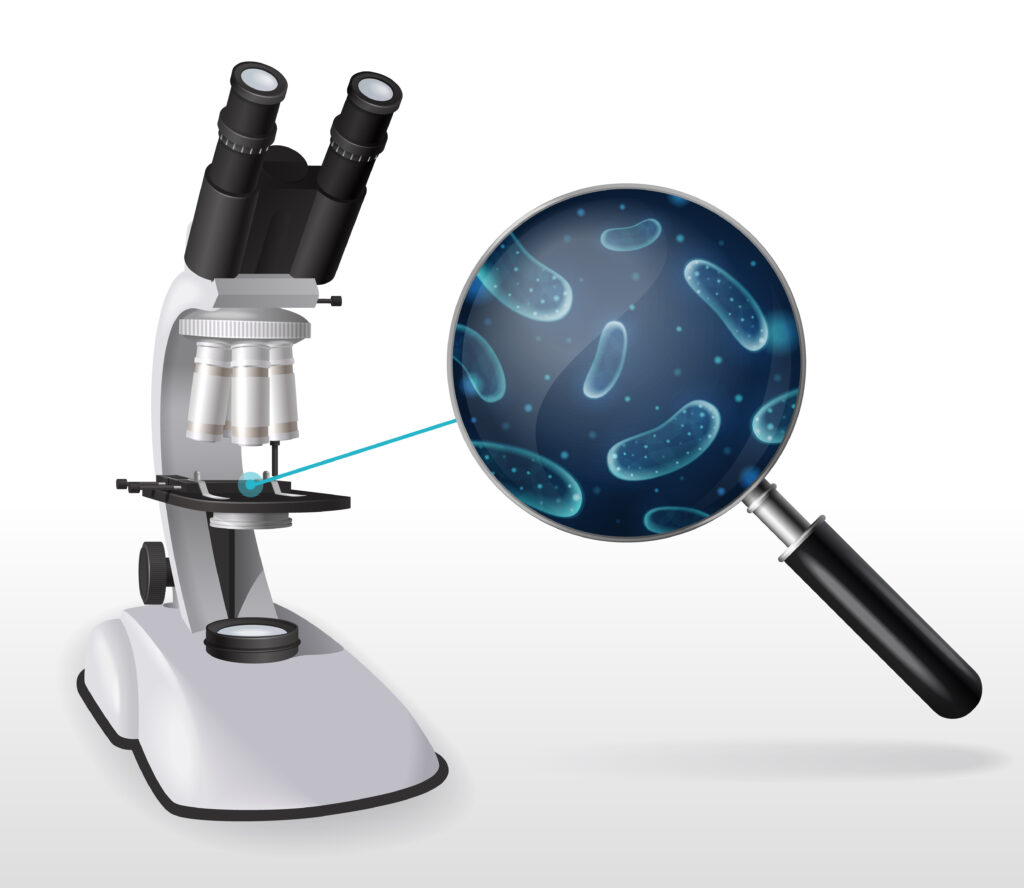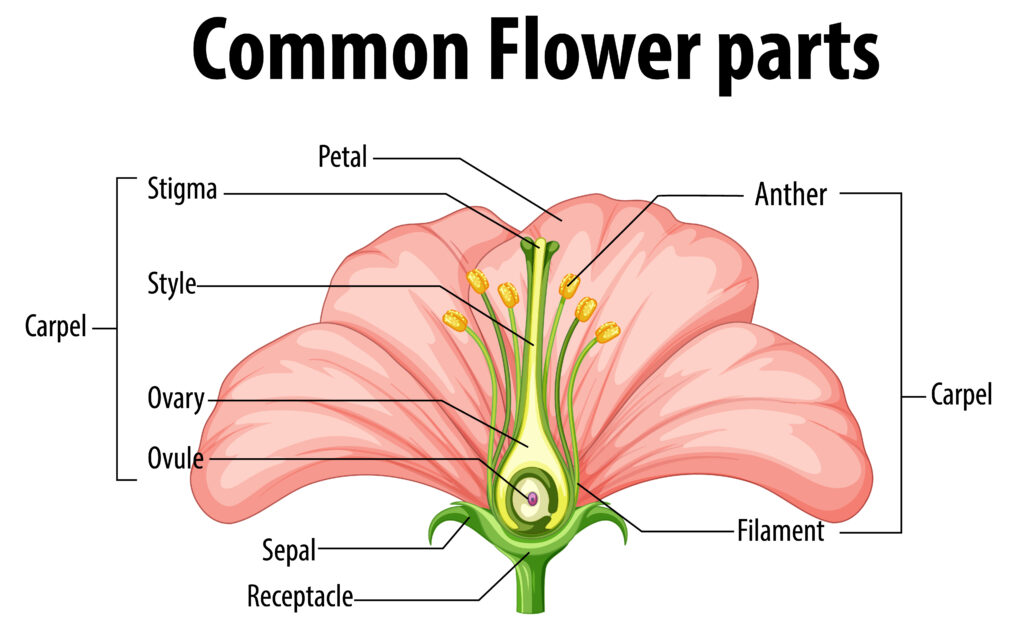Biology Lab: DNA Isolation
Explore the steps of a simple DNA isolation experiment. This game will guide you through the process, helping you understand the function of each chemical and procedural step involved in extracting DNA from a plant source like a banana or pea.
Help & Instructions
▼- Isolation Protocol: Drag and drop the steps to place them in the correct order of the DNA extraction process.
- Chemical Functions: Match the chemicals used in the experiment with their specific roles.
- Use the hint button if you need help with a puzzle.
- Describe the key steps of DNA isolation from a plant source.
- Explain the function of each component of the extraction buffer.
- Understand the purpose of cold ethanol in the precipitation of DNA.
- Identify the visible characteristics of isolated DNA.
DNA Isolation Protocol: Order the Steps
Arrange the steps of the DNA isolation experiment in the correct order.
Chemical Functions: Match the Roles
Match each chemical with its function in the DNA isolation process.
**DNA isolation** is a fundamental molecular biology technique used to purify DNA from a sample. The process involves breaking open cells, dissolving the cellular components, and precipitating the DNA. This is a common and accessible experiment that helps visualize the concept of DNA as a physical molecule.
Key Principles of the Isolation Process
- **Mashing the sample:** The mechanical mashing breaks apart the tough cell walls of the plant material.
- **Detergent (e.g., dish soap):** The detergent breaks down the cell membranes and nuclear membranes, releasing the DNA into the solution.
- **Salt (e.g., table salt):** Salt neutralizes the negative charge of the DNA, allowing the strands to clump together and separate from other cellular components.
- **Cold ethanol:** DNA is not soluble in alcohol. Adding cold ethanol causes the DNA to precipitate out of the solution, making it visible to the naked eye as a white, stringy substance.
The final "product" of this experiment is a whitish, mucus-like mass that can be spooled out of the ethanol. This visible material is a collection of thousands of DNA strands clumped together.



